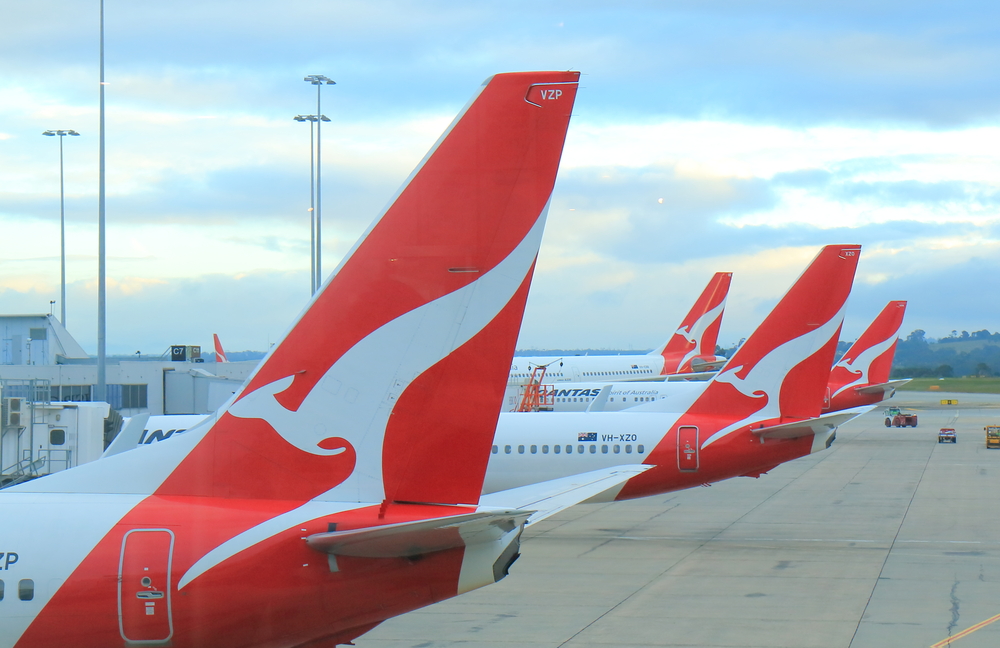Qantas announces USD1.5 billion loss
Contributors are not employed, compensated or governed by TDM, opinions and statements are from the contributor directly

In a trading update on Thursday morning, Qantas revealed that it was preparing to see an annual loss of more than AUD2 billion (USD1.5 billion) in the 2021 financial year, following its half-year loss of AUD1.03 billion (USD800 million), reported in February.
Despite current improving domestic conditions, Qantas said that the snap three-day lockdown in Perth in April alone cost the company AUD15 million (USD11.6 million) in revenue, while a similar lockdown in Brisbane in March cost AUD29 million (USD22.5 million), due to insecure borders.
Sydney’s extended lockdown in December, sparked by a COVID outbreak in the Northern Beaches, cost Qantas over AUD400 million (USD311 million) in revenue, as states moved to shut borders between the NSW capital and the rest of the country.
That said, assuming the country sees no other snap border closures, Qantas is optimistic it will return an underlying positive result in its earnings before interest, taxes, depreciation and amortisation (EBITDA) of AUD400-450 million(USD311 million) for the full-year FY21.
However, when including the significant costs of redundancy payouts, aircraft write-downs, and non-cash depreciation charges, Qantas is set to see a statutory loss of over AUD2 billion (USD1.5 billion) before tax.
Qantas’ optimism in returning a positive result before EBIT come June is largely off the back of its more profitable businesses, including budget offshore Jetstar, which turned an underlying profit in April off the back of strong leisure demand over Easter and school holidays.
Further, Qantas is also banking on ongoing strong performances in its freight a boost revenue and increase profitability moving forwards.
As such, the group is intending to reach statutory free cash flow positive by the second half of FY21.
The airline is also confident in increasing consumer confidence in air travel and reported that its corporate travel capacity has now hit 75% of its pre-pandemic levels, while leisure demand also continues to improve.
As it stands, the Qantas group is on track to reach 95 % of its pre-COVID domestic capacity by mid-2021 and is still anticipating for Jetstar to achieve 120 % of its pre-COVID capacity by later this year.
To meet this anticipated demand, the airline group has reinstated all its domestic aircraft across Qantas and Jetstar back into service, with Jetstar soon to reactivate up to five Boeing 787-8s for domestic use, as well as six A320s on loan from Jetstar Japan.
Meanwhile, regional subsidiary QantasLink has activated eight Embraer E190 aircraft under a previously announced deal with Alliance Airlines.
“We have a long way still to go in this recovery, but it does feel like we’re slowly starting to turn the corner,” said chief executive Alan Joyce.
Joyce reiterated Qantas’ decision to push back its restart of international routes to December 2021, in light of the Australian government’s strong stance on the matter and criticised the current pace of Australia’s vaccine rollout.
“No one wants to lose the tremendous success we’ve had at managing COVID but rolling out the vaccine totally changes the equation. The risk then flips to Australia being left behind when countries like the US and UK are getting back to normal,” Joyce said.
“Australia has to put the same intensity into the vaccine rollout as we’ve put on lockdowns and restrictions, because only then will we have the confidence to open up.”


Comments are closed.